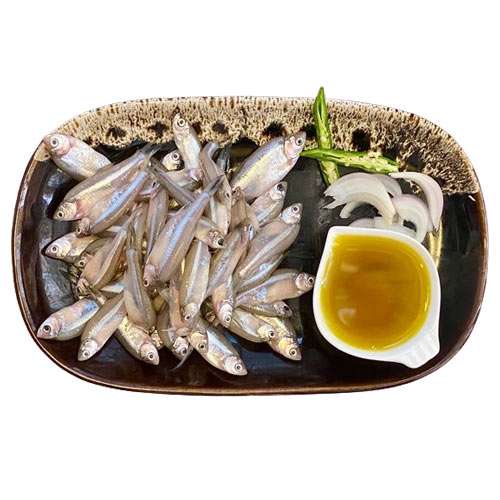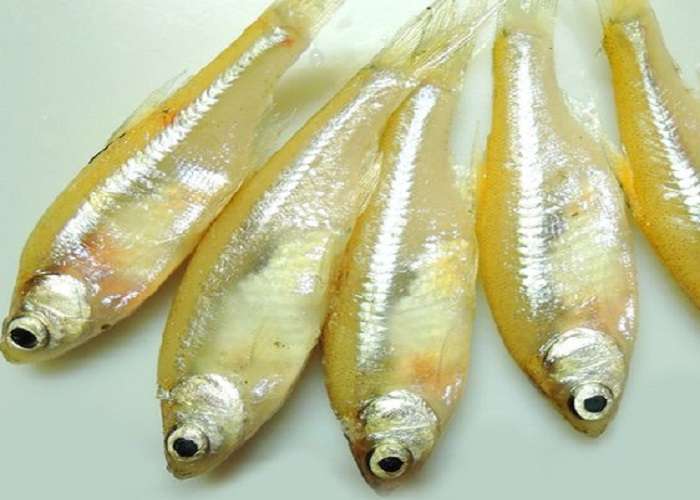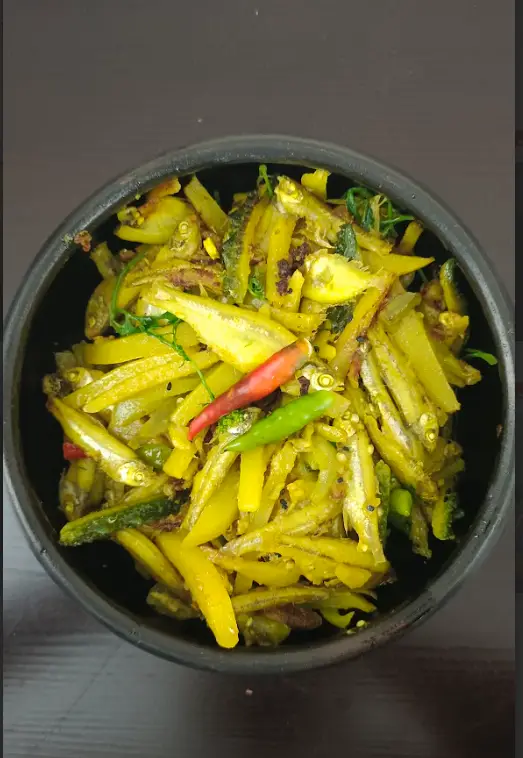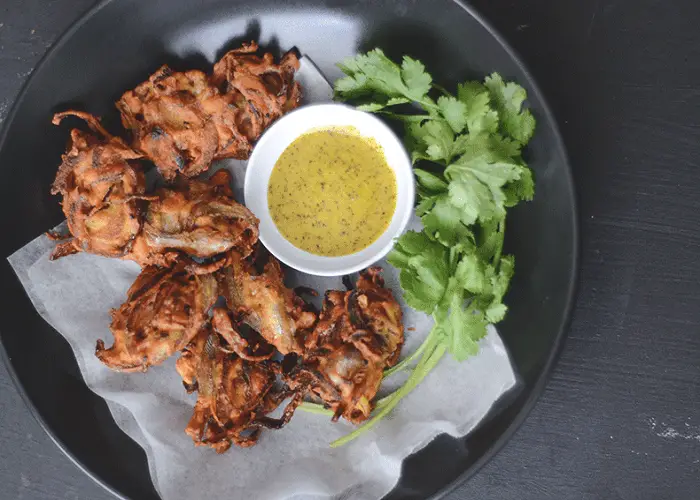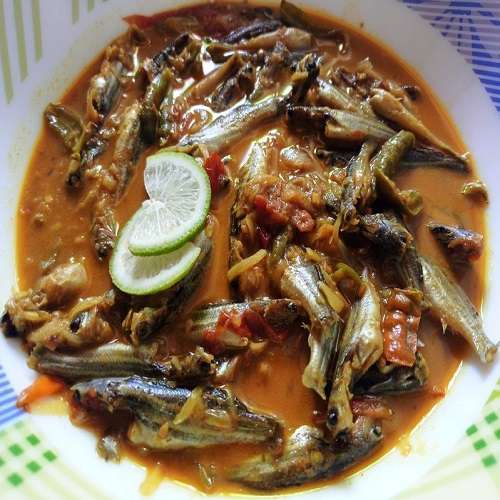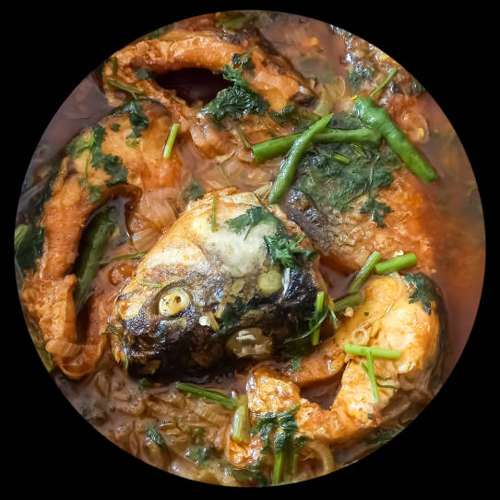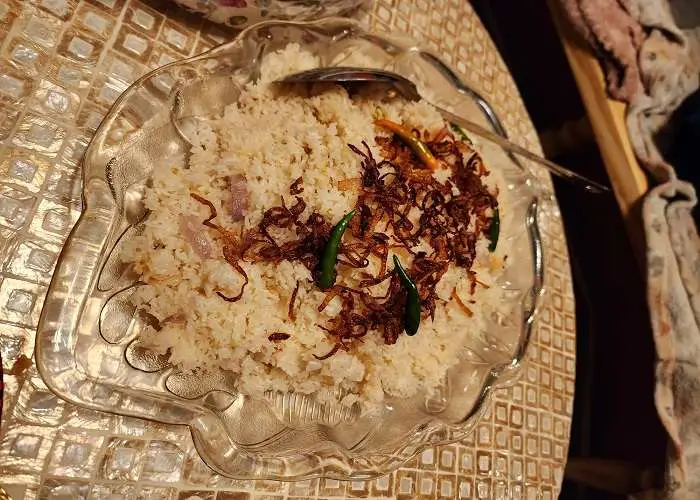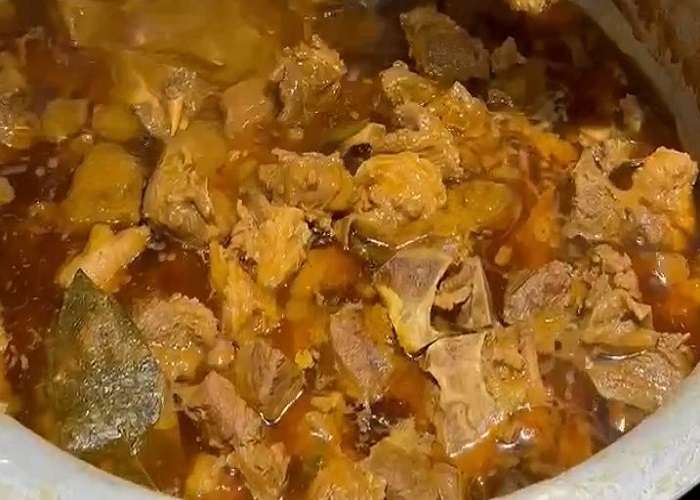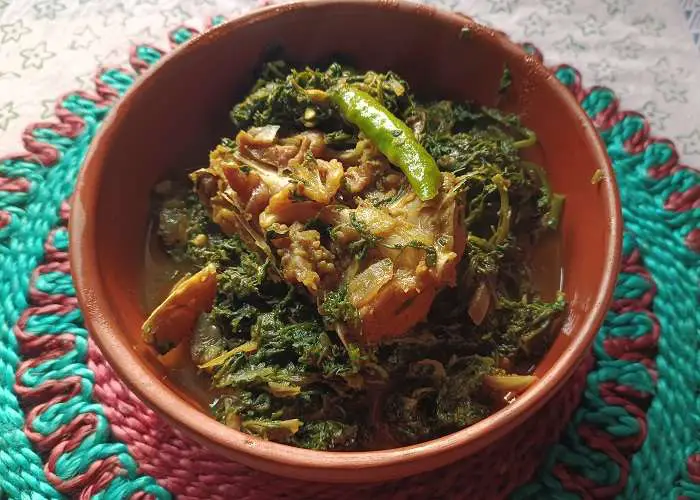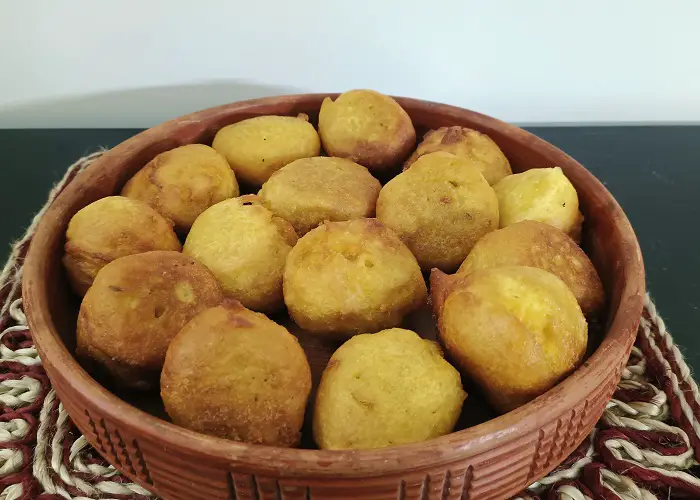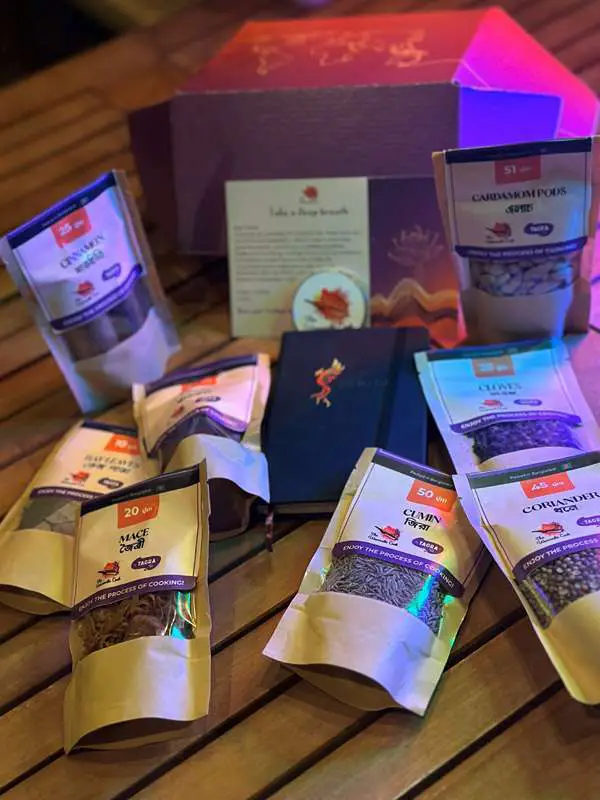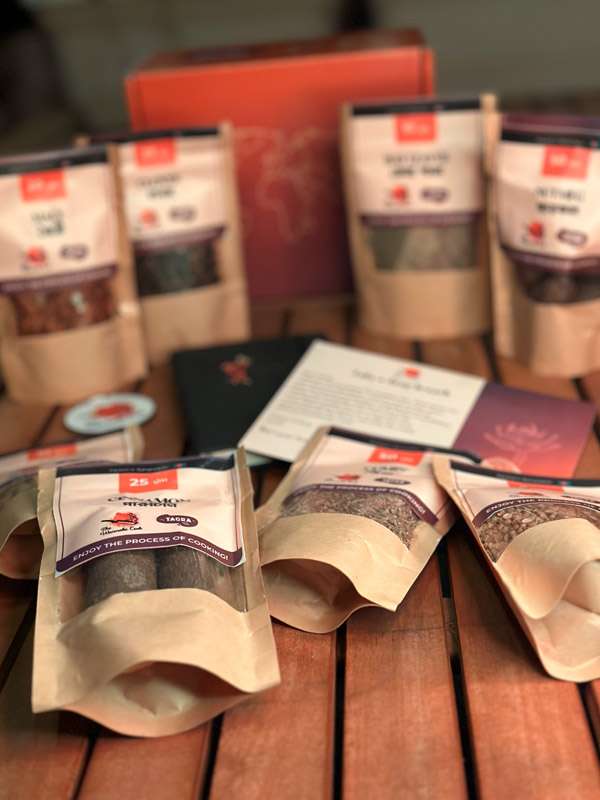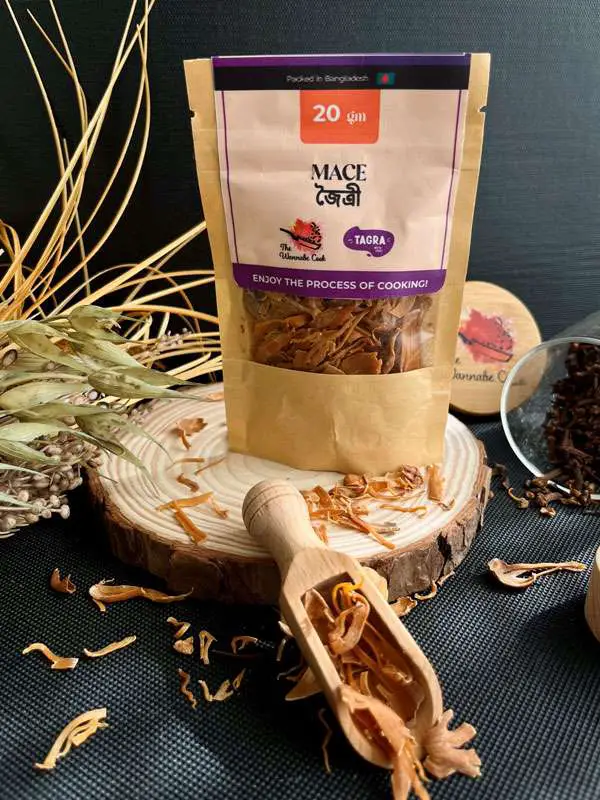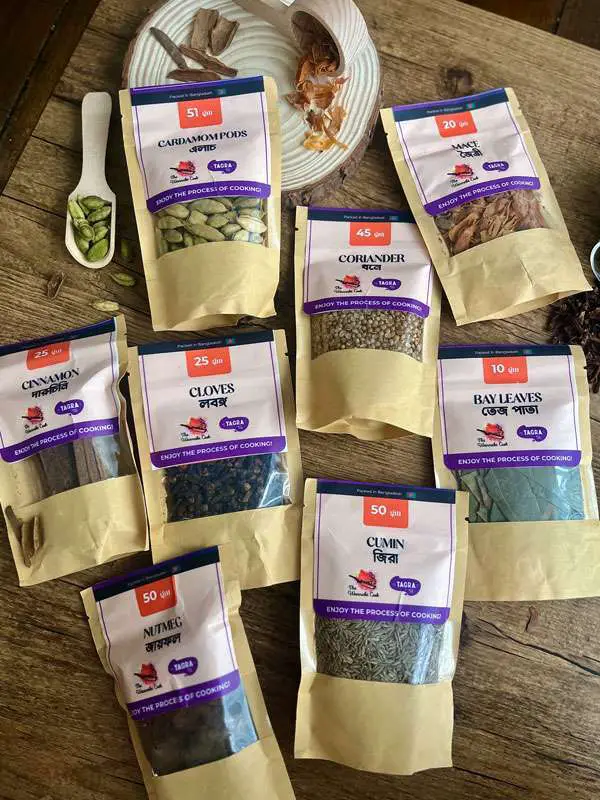Mourola/ Mola Fish
The term “Mourola fish” refers to a local or regional name for a specific type of small fish commonly found in rivers and ponds across South Asia. It is also known as Mola, Anchovy, or Mola Carplet. A variety of delicacies are cooked with them in both West Bengal and Bangladesh
Mola or Mourola fish is extremely tasty and nutritious. This small fish lacks the glamour and pizzazz of the big fishes in Bengali cuisine such as Rui, Hilsa, and Chitol. Nonetheless, this fish can easily be incorporated into any Bengali comfort food. And that’s not all; the nutritional values that this fish brings to the plate are unmatched by most other big fishes. Moreover, this fish can easily fit into the budget of even the low-income class people of Bangladesh, making it a good source of nutrition for a wider class of people.
How to identify a Mourola or Mola Fish
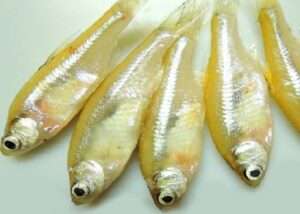
The Mola Fish has a flat body, shiny silver scales, and a forked tail. These fish range in size from 8 to 20 centimeters and feed primarily on small plants and aquatic creatures. Mola carplets are an important food source and can be purchased fresh or dried in markets. They’re easily identified by their shiny appearance and small size.
Preparing the Fish for Cooking:
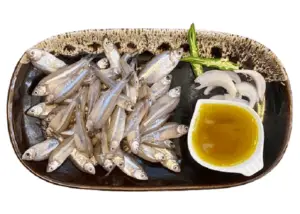
Mourola is a small fish that needs to be prepared for cooking differently because of its size. It is not possible to cut and clean it the same way that you would with a larger variety of fish because the size of this fish makes it impractical to do so. First, you will have to thoroughly clean and dispose of the interiors to prevent any possible unpleasant bitter taste. To do that you should carefully remove the guts, as well as other organs inside the belly. If the fish is not fresh enough, you might also remove the head. Otherwise, let the head stay because it contains a lot of nutrients.
Nutritional benefits of Mourola Fish
This little fish is a nutrient powerhouse. Making Mourola fish a regular part of your diet will ensure you are getting the following nutrients and benefit you in several ways:
- Healthy Vision and Immune Support:
Mourola fish is loaded with vitamin A, which is very essential for healthy vision. Vitamin A also helps the body to fight infections and illnesses by supporting immune function and helps to heal wounds and maintain skin youthfulness. - Strong Bones and Nerve Functions:
Mourola fish has a high level of calcium content that strengthens bones and teeth, reducing fractures and osteoporosis. Calcium also helps the nerve and cells to communicate and muscles to function. This improves the body’s strength and coordination. It also aids blood clotting and helps with wound healing. - Antioxidant Protection and Immune Enhancement:
Mourola fish is high in vitamin E, which protects our cells from radical damage. Vitamin E also reduces heart disease and the risk of cancer by neutralizing these compounds. It can boost immunity and aid our health by defending against pathogens. - Vital Oxygen Transport and Energy Production:
Mourola fish contains iron, which is needed to make hemoglobin, the blood-oxygen transport protein. Iron helps tissues and organs receive oxygen, boosting energy and vitality. Cognitive function depends on iron, and deficiency causes fatigue, weakness, and poor mental performance. - Immune Regulation and Wound Healing:
Mola fish are rich in zinc, which regulates immune function, modulates immune cell activity, and boosts infection resistance. Zinc also aids wound healing and tissue regeneration. It also aids DNA synthesis and cell growth, promoting tissue and organ growth. - Bone Health and Energy Metabolism:
Mola fish’s phosphorus and calcium work together to strengthen bones and teeth. Phosphorus helps convert nutrients into cellular energy through energy metabolism. Also, phosphorus is essential to cell membrane structure and function.
Role in Solving Nutrition Problems of Bangladesh
Despite its small size, Murola is an excellent source of nutrition. In Bangladesh, the area of inland water and inundation has decreased significantly, reducing vital habitats for wild fish stocks. Mourola is a nutrient-dense small fish that contains essential nutrients, including vitamin A, calcium, iron, and zinc. Including mola in the diet can benefit those suffering from malnutrition and micronutrient deficiencies, particularly pregnant and lactating women and children under two years old.
Some Easy-to-Try Preparations with Mourola Fish

Ucche Mourala
The Ucche Mourala Stir Fry is a delicious dish cooked with a variety of vegetables including bitter gourd (Ucche), potato, pointed gourd, brinjal, and radish.
Instructions:
- The fish is first fried separately and kept away.
- Then the vegetables are cooked with a blend of spices until tender and then the fried fish is mixed with the cooked vegetables. Finally, the dish is garnished with green chilies and coriander leaves.
- This dish is packed with so many good veggies and then is also contains the super healthy Mourola fish.
You can repeat this tasty and healthy dish as often as you would like without feeling guilty of eating indulgent food.
Mourola Macher Peyaji

Mourola macher peyaji (mourola fish and onion fritter) is an unusual snack that is most likely unique to Bengali cuisine. Peyaj is a Bengali word that means onion. Peyaji is onion slices that have been dipped in a batter made out of basen (gram flour) and different kinds of spices and then deep-fried in oil. Mourola macher peyaji is prepared similarly. The basic difference here is the presence of Mourola fish. Mourola and onion slices are mixed and dipped in the gram flour batter to create this absolute delight of a dish. Try it at home and see how tasty it is.
So what do you like about Mourola fish? Have you ever cooked anything with it? What are your favorite recipes with this fish? Leave a comment and let me know. Hope you enjoyed this read and tell me what fish would you like me to be ‘fishing for more’ in my next writing.
Follow Us:

